I’ve had loads of luck with Amazon purchases. Even without the Amazon Prime membership, their free-shipping options to Singapore has made it possible for a lot of items to be bought online and delivered here and costing less than what one would pay for. Just so long as you’re willing to forgo warranty claims though, as these exported items typically carry warranties local to the US. Still, as long as you’re not ordering electronic goods, the chances of failure are minimal. And savings on the other hand are significant.
And that was pretty much the summary of my experience with Amazon again for the just arrived Huawei Watch yesterday morning. It took just a week from the point of order to it being delivered to our home, and about SGD100 was shaved off the local purchase price to boot – the Watch costs about SGD440 normally in Singapore. The model I bought was the cheapest of the Huawei’s options at USD249/SGD341, is silver in color and comes with a black leather band. The pricey versions are black or rose gold, and with metallic bands.
My random initial comments of the Huawei Watch, and a comparison to the currently dead LG G Watch R of mine.
Huawei wasn’t kidding when they aimed to create a premium Android smartwatch. The Watch exudes quality – from its packaging, scratch-resistant sapphire crystal glass, and its polished metallic finishing.
Spec wise, Huawei Watch’s display is slightly larger and also higher resolution than the LG one: 1.4 vs 1.3 inch and 400×400 vs 320×320 pixel resolution. I can indeed tell the difference in resolution, but not the screen size. The latter looks practically identical between the two watches.
The Watch is noticeably smaller in overall size at 42mm than LG’s at 46.4mm, on account of its thin bezel compared to the thick one on the LG. The LG is also slightly thinner depth-wise at 11.1mm compared to 11.5mm on the Huawei – but you won’t be able to tell the difference for this dimension.
The crown placement is also different between the two. It’s 2 o’clock for the Huawei and the more standard placement of 3 o’clock for the LG. I would have liked the button to be placed where standard watches normally place them.
The Android experience between the two watches is about identical, which I assume is because of Google’s requirement for smartwatch manufacturers not to go about creating unique skins – totally unlike the Wild Wild West look and feel of Android smartphones. As tech pundits have pointed out, once you’ve had and used one, there’s really no learning curve involved in using another. The baked-in watch faces though are a different story. These are by no means trivial, since this is one of the few ways – outside the external design and implementation of the unit itself – where Android smartwatches can be differentiated. There were several more watch faces off Huawei’s that I immediately liked than LG’s somewhat more bland offerings.
The battery life is a different matter though. The Huawei comes with a 300mAh battery compared to LG’s significantly larger 410mAh. I haven’t drained the Huawei’s battery yet, but looking at how the percentage points are dropping each hour, the Huawei doesn’t seem like it’ll run as long as the LG watch before needing a recharge.
Neither watches have an ambient light sensor. Not a critical omission but still a very useful feature to have had in both. Not having one means you have to manually adjust the display brightness when need be moving between dramatically differently lit environments (e.g. outdoor to indoor).
Huawei’s charging dock is petite and very light. The strong magnet built into the unit means that the watch and dock can be lifted off a surface still connected to each other. What’s not so great though is that the USB cable seems permanently attached to the dock – the LG dock connects via a standard micro-USB slot (much more useful) – and more seriously, the charger pins and watch do not naturally align. I have to jiggle the Watch a little each time to get a proper charging connection. The LG dock is noticeably easier to use in this regard – I guess also because their dock has raised ledges around its circumference to help guide the watch’s placement onto the dock.
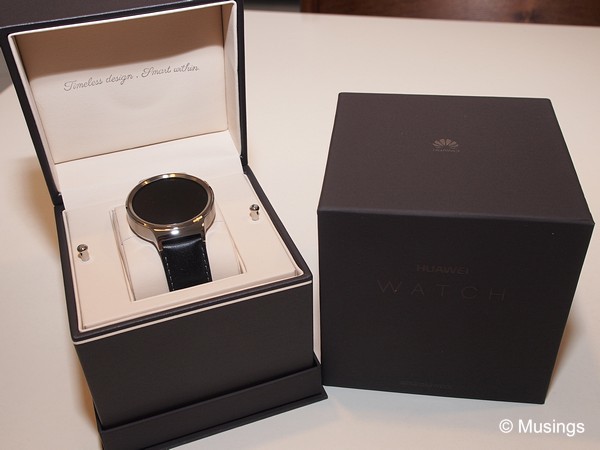
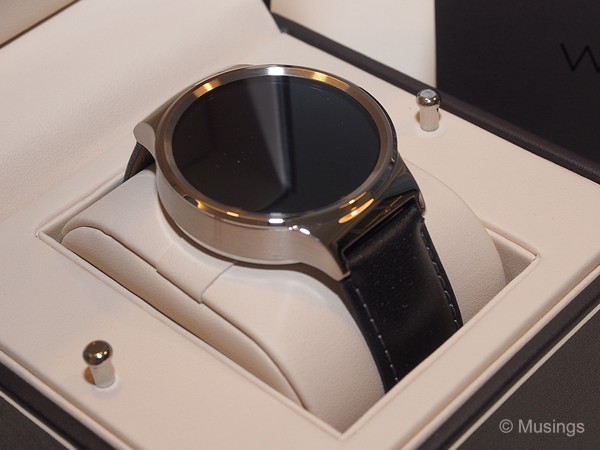
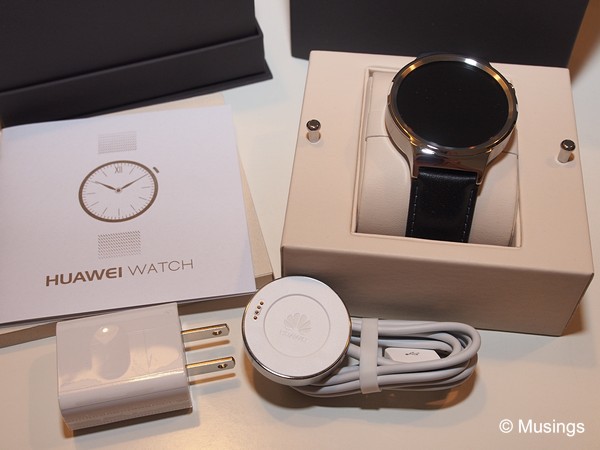
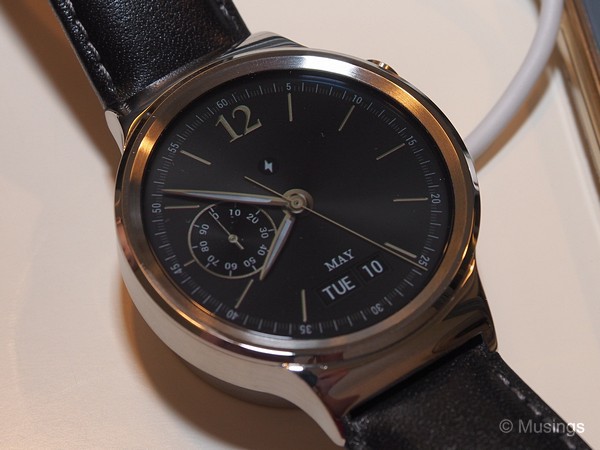
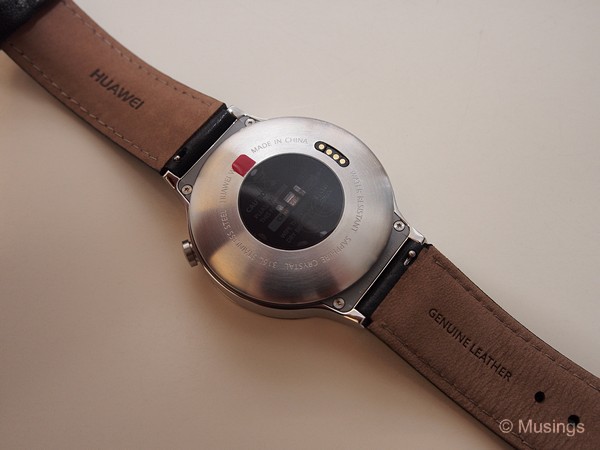
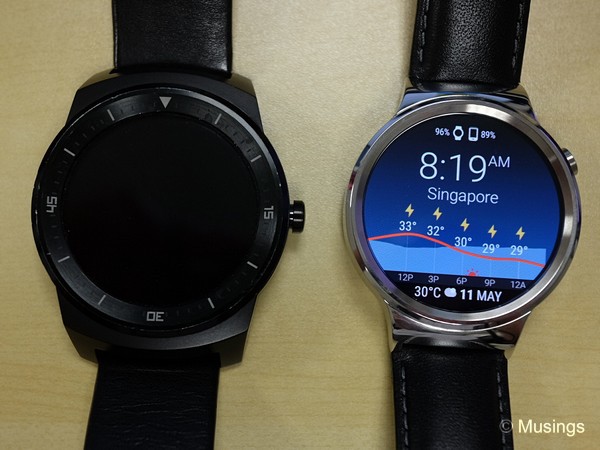
All said, I’m still quite satisfied with the Huawei watch. These Android watches though aren’t cheap, and I reckon one has to think very carefully about the utility it brings to interested owners at their price-points. I use the Android watches largely because of phone/message/calendar notifications, not apps (e.g. fitness tracking, weather). If you’re happy with your phone already offering those, then it’d probably be wiser to wait this out and let smartwatch prices come down by quite a bit more; e.g. when the other Chinese manufacturers finally get into the game with their equivalent products.
Recent comments